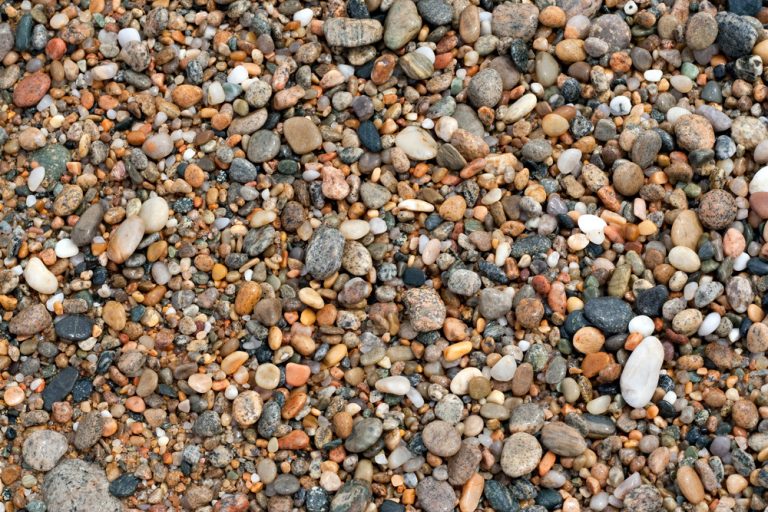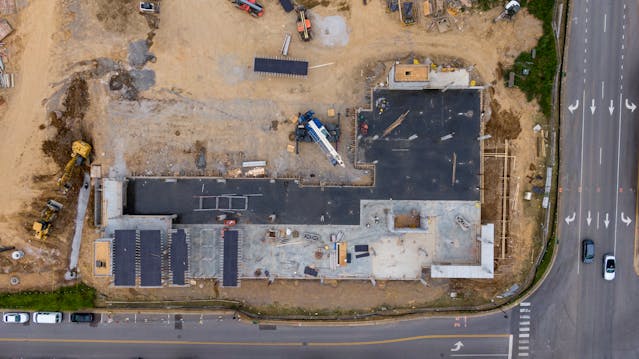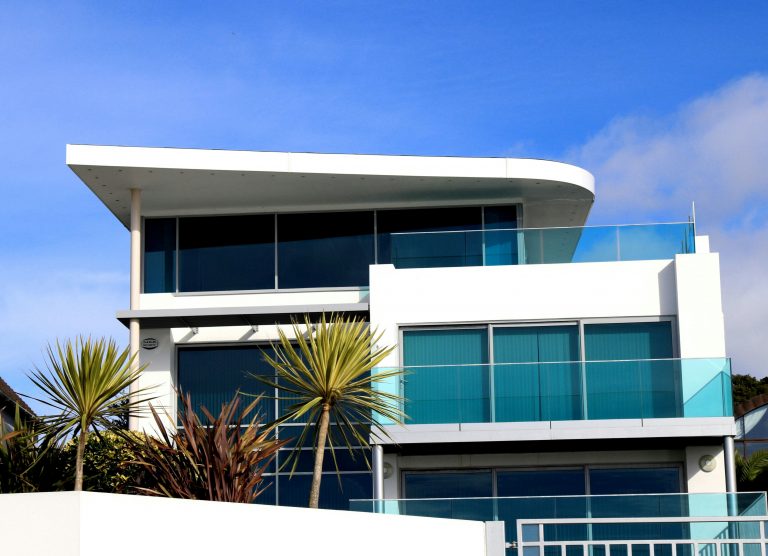
What’s the difference between sandy and loam soil? Is there more than one type of clay?
These are just a few of the questions you’ll be asking yourself when you start working in foundation repair. Working on a home is a monumental feat, due in no small part to just how much detail goes into making sure it doesn’t all crash back down. From figuring out minute measurements to anticipating disasters before they happen, it’s all in a day’s work. Commercial foundation repair builds on old information and updates it with the new. Going back to the basics helps both you and your customers enjoy the benefits of modern, long-lasting housing.
Move from the ground up. Learn about the most common soil types found in your field below.
Did You Know?
Texas, just like any other state, comes with its own unique caveats and specifications concerning foundation repair…and foundation failure. The majority of homes built in Texas (at least, the ones built less than 50 years ago) have a slab foundation in place. These have become increasingly unpopular over time due to their tendency to retain moisture and encourage flooding damage. You’ll have to take this into consideration well before any sort of leak or mold build-up could take place. There are over 60 different types of soil throughout Texas, but we’re going to look at some of the more common classifications.
Sandy Soil
The first soil we’ll take a look at is the sandy type. Descriptive enough on its own, sandy soil is considered best used for digging and weighing (since it has little to no nutritional value for plant life). It’s too slippery and loose to be used for a foundation, with even standing able to be compromised. Water only makes them more slippery and is an element that should be treated with caution, as it can be extremely useful in early building stages. Variations on this soil include sandy clay loam and sandy loam.
Loam Soil
What makes loam soil stand out? Just take a look at its concentration. With the ability to grow plant life while still being thick enough to shape, loam soil is widely coveted by both gardeners and contractors. Important ingredients to qualify for this particular soil type include a high concentration of nutrients, minerals, and a certain pH balance. You’ll be using this soil to pad out extensive gardens, your soaker design (at least a foot away from the house), even the front yard with shrubberies or flowers.
Peat Soil
You’re likely familiar with the properties of peat soil. Easily recognizable for its dull color and common use in many everyday applications, peat soil is a natural part of our construction ecosystem. It’s crafted out of mostly organic material, though it’s not considered a very useful type of soil to actually grow plant life. This is due to it having a low pH balance and often too much moisture, making it better for layering grass. The best foundation is one that can control moisture levels, provide drainage solutions, and look beautiful year-round.
Clay Soil
Use the right kind of soil and foundation failure won’t be a problem. Clay soil is one of the most varied types of soil, due in no small part to its mineral count. Able to be shaped easily and reworked with water, it’s perfect for both small and large projects. Clay soil is generally mixed with a variety of clay minerals on top of very small traces of organic matter and certain types of quartz. Figuring out which one to use will mean the difference between a powerful foundation that withstands the test of time and foundation failure just waiting to happen.
Keep foundation failure at bay. Make sure you follow residential foundation repair protocol closely by minding your soil types.


